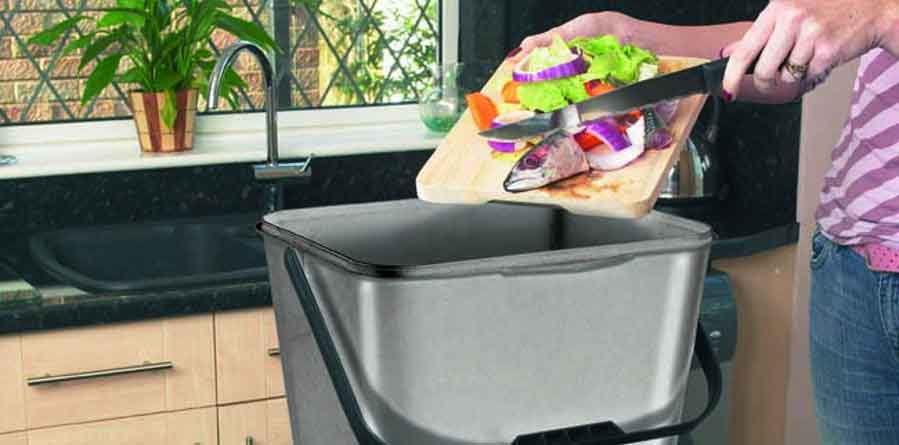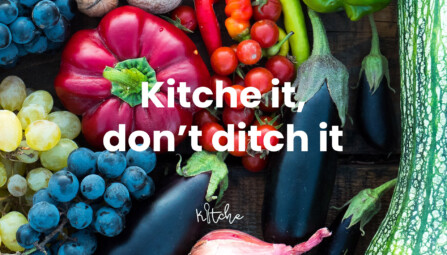Introduction
Many people eat sour fermented foods such as yoghurt, salami and sauerkraut; cattle eat silage. These foods are soured and preserved by an acid made by the fermenting bacteria. Food waste preserved this way is eagerly devoured by the myriad creatures that live in soil.
Why

When fermented food waste is consumed by soil-living organisms they release and transform its nutrients into the form that plants need. Just as important, they live, multiply, eat one another and die, and their excretions and dead bodies add to “soil organic matter”. Their activities also improve soil texture for plant roots to grow. All this makes soil richer in carbon and more fertile.
When acidic fermentation is applied to food waste it is often known by a Japanese name: Bokashi. The fermentation bins used for the process are therefore often known as Bokashi Bins. Acidic fermentation accepts almost every kind of food waste, including cooked leftovers; the exception is large bones.
How?
Household fermentation happens in an airtight bin, which replaces your food waste bin and is kept indoors. You need two bins in practice, one being filled while the other finishes the previous batch. It needs the addition of specialist microorganisms, usually supplied in dried bran flakes.
As with all home waste processing activity, you’ll need to establish a routine based on how much waste you generate. It’s best to collect scraps in a kitchen caddy so that you aren’t letting air into the fermenting bin too often. As you go on you’ll improve your skills and knowledge; things like cutting up waste to avoid air pockets, how often to drain liquid from the bin, and so on.
When the bin is full, dig a small trench in the soil, tip the waste into it, mix it in, and cover it up with the removed soil. In a few weeks the waste will have “disappeared”, consumed by the complex ecosystem that inhabits soil. You may well discover a ball of worms vying for what remains: in effect you have made an in-soil wormery with native species.
The liquid released during fermentation is collected from a tap on the bin and can be diluted and used as a soil additive.
Re3 offers a Bokashi bin starter kit for Reading residents:
https://getcomposting.com/en-gb/blackwall-twin-pack-bokashi-bin-kcomslv2
See our Guide – Options-for-Creating-Soil-Food-at-home









